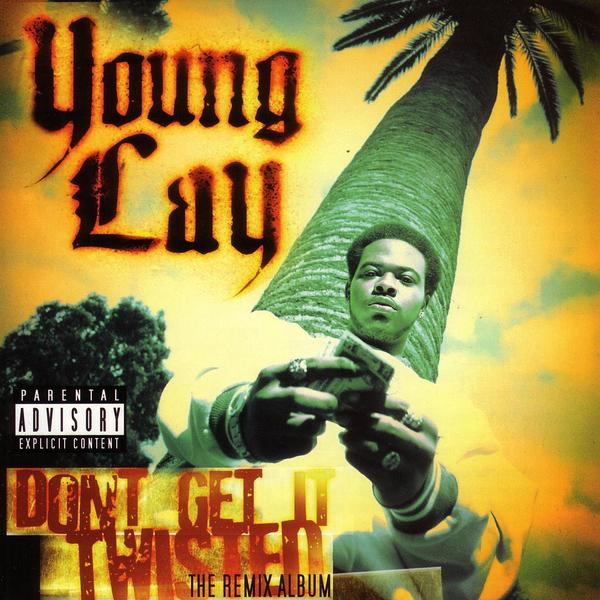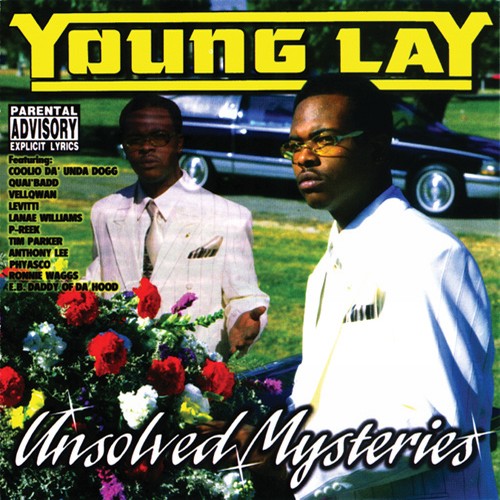Dean Van Nguyen can ghost ride a hover board
The history of Bay Area hip-hop remains a catacomb that requires some amount of digging by genre historians to excavate the wealth of great music that has been cut in the region. Traditionally they make their own stars in the bay. Take away some notable exceptions – like the evergreen Too Short and E-40, and the adoption of New York-turned-Oakland resident Tupac Shakur – and by-and-large the local talent there goes unheralded outside of their own neighbourhoods in a way unlike any other major hip-hop hub.
The internet is helping though, and next generation Bay artists like Lil B and Kreayshawn have been at the forefront of. But a quick scan of the Spotify profile of fallen hero Mac Dre reveals so much music that, should you take up listening to the Vallejo rapper exclusively, it would still take several months to fully absorb his immense back catalogue. The same could be said for Mack Mall, Andre Nickatina, Spice 1, Messy Marv, Keak Da Sneak and others.
One artist that requires a little more digging than all of the above is Young Lay – real name Lathan Williams – whose debut album Black ‘N Dangerous dropped in 1996; a year before Mac Dre’s release from a bitterly disputed prison stint and thus pre-dating most of his output. Produced almost entirely by key Dre affliliate Khayree, whose work with the Bay’s key players over the last 25 years makes him as important to the region’s sound as anyone, the record is a melting pot of nineties west coast hip-hop flavours. Mixing hyphy, G-funk and weed rap, Black ‘N Dangerous couples sun-drenched good vibrations with the hardened realities of racial tension and urban decay, a concoction that, for a time, helped make California the centre of American popular culture. And with his laid back delivery, Lay raps about all the things Californians were rapping about in 1996: drugs, women, the grind, and race relations in America. The latter is particularly prominent on “Got 2 Survive”, featuring Pac, Ray Luv and Mack Mall (who drops probably my favourite line on the whole album: “Now how could I pledge allegiance to a racist-ass flag/When the rollers at my door with a .44 mag?”). Elsewhere, the title track enters classic Ice Cube territory with its strong ghetto-set narrative as Lay portrays the immediate aftermath of an armed robbery, while on “Lawd Have Mercy” he laments a victim after finding himself in a kill-or-be-killed spot: “He reached for his gat/And get the pourin like bleach when I split splat”.
But with funky guitar stabs and G-funk whistles aplenty, the album is, at its core, a great time. “Playa’s Mode” sounds straight snatched off Pac’s brightest album Me Against the World and “Puff Puff Pass” is your classic bugged out weed anthem. Still, the album’s centrepiece is without question “All About My Fetti”. In an essay I wrote for this site on nineties hood movies and their soundtracks a few months back I singled out the song’s appearance in the movie New Jersey Drive for special mention. The irresistible, carefree synth that hangs high above the rest of the beat offers late night respite for the lead characters as they cruise through Newark’s streets to the instrumental. But there’s also a music video for the track, featuring a chilled out Lay taking in a party from his own chair, his eyes floating away with a smirk permanently cocked. These shots are intercut with footage of him rhyming in front of the Golden Gate Bridge. At a time when gangsta rappers’ currency was high, he looks every bit a hip-hop star. This is the Lay I like to remember. Everything that comes is almost too tragic to contemplate.
On May 17th, 1996, Williams’ 17-year-old girlfriend Daphne Boyden was found dead after a fire broke out at her Vallejo home at around 6pm. The couple’s newborn baby Le-Zhan, as reported by the San Francisco Chronicle, was nowhere to be found. With foul play was suspected, the case was featured on America’s Most Wanted and Unsolved Mysteries, the latter of which can be found on YouTube. Lay appears, unrecognisable from the star who appeared in the “All About My Fetti” video. His eyes now are wide like a frightened child. His voice jittery.
Williams seized on the title Unsolved Mysteries for his second album, sewing in audio clips from the episode that featured his story throughout. The intro track briefly gives background into the tragedy and, as such, the album is radically different in tone to Lay’s previous work. The bass is turned way up in the mix, and beats move along mournfully. Williams sets the tone with his first bar: “I’ve got nothing smile for, it’s a wild world/They took my baby boy, burned my baby momma…” It’s, of course, impossible to untangle the music that comes after with the heartbreak of what preceding the album’s release. So while Unsolved Mysteries is still a solid record – in particular the fine “Don’t Mind My Crew” and “Mista Fetti Man” are crawling pieces of hustler funk – it’s often an uncomfortable listen.
Six years after his abduction, Le-Zhan Williams was found when an anonymous tip led police to the door of one of Boyden’s killers, where she and her mother had been raising the boy as their own. Lay, however, was three years into a prison stint for armed robbery. “I plan to visit him as soon as possible,” he said at the time.
Released in 2010, William’s career has yet to pick up any discernible pace. In 2011 he dropped the tweaked out throwback number “True Religion” with an add-on video that featured a clearly rusty performer as he mimes rigidly throughout, bizarrely clutching a small dog in some shots. But the flow was still there. Like a boxer’s punching power, it’s often the last thing you lose.



